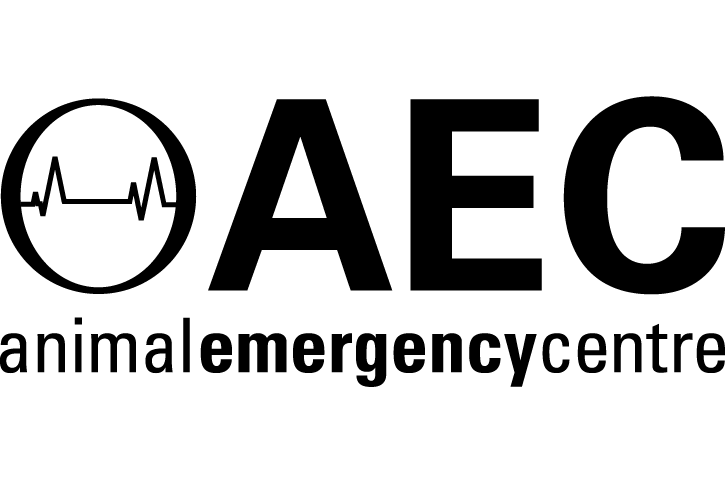Discussion
The thymus is an organ of major immunological importance, being the site of maturation of T lymphocytes exported as precursors from the bone marrow. It is an organ that is present at birth and starts involuting after the onset of sexual maturity; usually between 6 – 12 months in dogs.
Thymic disease is an uncommon disease of dogs and cats. It occurs mostly in older animals and the most frequently seen conditions are thymic lymphoma and thymoma. Other conditions reported include thymic branchial cyst, thymic hyperplasia, thymic hemorrhage, and thymic amyloidosis.
While thymic hemorrhage is an uncommon condition, it occurs primarily in dogs and rarely in cats. It has been described in dogs younger than two years of age, most commonly between those of 3 and 9 months.
Presenting signs include a peracute to acute onset of lethargy, tachypnoea or dyspnoea, pallor, muffled heart sounds or decreased lung sounds, and sudden death. Anticoagulant rodenticide toxicosis is the most commonly reported cause of thymic hemorrhage, however, other reported aetiologies include trauma, dissecting aneurysm of the aorta, neoplasia, and idiopathic. The veterinary literature reporting thymic hemorrhage is limited to case reports where the prognosis for survival appears to be low; however, this may reflect a reporting bias.
It has been hypothesized that the involuting thymus in younger dogs is prone to hemorrhage. Two mechanisms have been proposed: 1) hemorrhage from acute hypertension since the thin-walled veins and arteries in an involuting thymus do not receive enough lateral supportive pressure from adjacent adipose and loose connective tissue; 2) mild trauma could cause overstretching of the neck leading to rupture of the vessels.
In the case reported here, disorders of secondary hemostasis (including anticoagulant rodenticide toxicosis) can be excluded as the PT and APTT were normal. The platelet count was normal eliminating thrombocytopenia as a cause of the hemorrhage; however, thrombocytopenia affecting primary hemostasis cannot be excluded. It is less likely that the traumatic episode a week prior would have directly caused the thymic hemorrhage since published case reports suggest that presentation tends to be peracute to acute and death is common within 24 hours. It is more plausible that a thymic cyst formed from the trauma and this cyst subsequently ruptured. Since, neither thoracic surgery nor histopathology was required as part of the case management an exact etiology was not determined.
References:
Coolman BR, Brewer WG, D’Andrea GH, Lenz SD. Severe idiopathic thymic haemorrhage in two littermate dogs. J Am Vet Med Assoc 1994;205:1152–1153.
Cronin KL, Williams J, Klose T. What is your diagnosis? Thymoma, thymic lymphoma, or possible hemorrhage in the cranial mediastinal reflection. J Am Vet Med Assoc 2011;238:1107-1108.
Day MJ. Review of thymic pathology in 30 cats and 36 dogs. J Small Anim Pract 1997;38:393–403.
Liggett AD, Thompson LJ, Frazier KS, et al. Thymic hematoma in juvenile dogs associated with anticoagulant rodenticide toxicoses. J Vet Diagn Invest 2002;14:416–419.
Rickman BH, Gurfield N. Thymic cystic degeneration, pseudoepitheliomatous hyperplasia and haemorrhage in a dog with brodifacoum toxicoses. Vet Pathol 2009;46:449–452.

.png)









